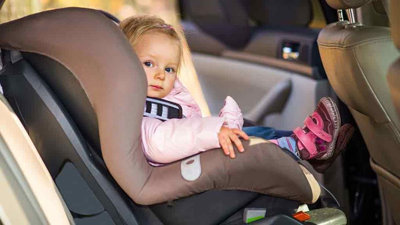 Properly secured and in the right child car seat for their age, a child is the safest car occupant, The Sydney Children’s Hospitals Network surgery director Susan Adams says.
Properly secured and in the right child car seat for their age, a child is the safest car occupant, The Sydney Children’s Hospitals Network surgery director Susan Adams says.
Yet Dr Adams has treated children severely injured in “horrific preventable crashes” with broken necks, backs and internal injuries because of errors in how they were restrained, The Sydney Morning Herald reports.
Experts say the number of potentially fatal mistakes in how child restraints are fitted or installed hasn’t improved, becoming an “intractable problem” threatening the lives of children.
A 2010 study of 503 children from new-born to the age of 12 found half of all restraints had errors in how they were used. Some had up to seven errors each, ranging from failing to buckle the child in, to slackness in the belts and sashes. Parents were mostly unaware they had made a mistake.
A new study has found the error rate is even worse, with nearly all parents struggling to understand manufacturers’ instructions and manuals.
Researchers from Neuroscience Research Australia (NeuRA) watched as parents read manuals and then attempted to correctly fit and install a child-sized mannequin in a rear-facing restraint.
They found 90% made at least one mistake. Many made several. After frequent rounds of revisions using suggestions from parents, the level of errors dropped to 10%.
“Everyone is seeing this intractable problem of incorrect use,” NeuRa senior research fellow Dr Julie Brown says.
Researchers around the world were witnessing a similar level of mistakes.
“What we’ve been doing over past decades has made no difference to correct use,” Brown says. “It’s a longstanding problem, and nothing has really changed.”
Nearly all Australian children now wear the right restraint for their age, following the introduction of national laws in 2009 and 2010.
Car crashes remain a leading cause of death and disabling injuries among children, but the fatality rate for child passengers has dropped from 70 to 40 a year in recent years.







